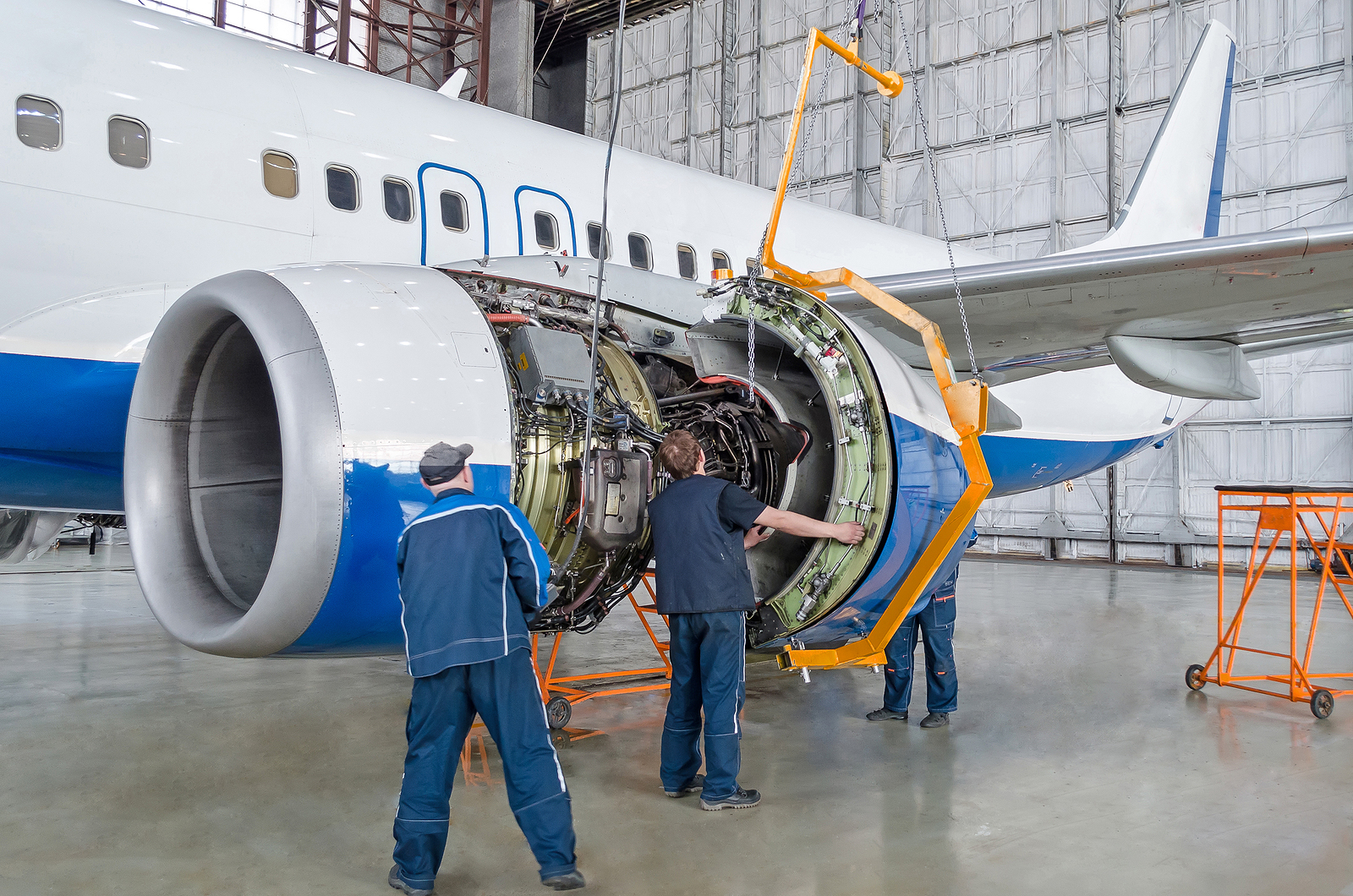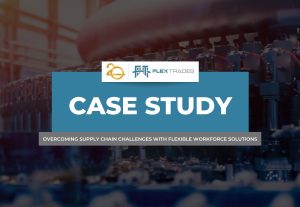The COVID-19 pandemic greatly interrupted and disrupted the global labor market in 2020 and now in 2021, we are seeing the effects and likely lasting changes created. Similarly, you might be thinking about making your own changes, including your career.
Here at PMG, we recommend that you check out a manufacturing career (if you haven’t already). There are many reasons to consider a career in manufacturing including the opportunity for advancement, growth and development. In fact, regardless of where you start in manufacturing or where you work, hard work, continued education, and commitment will pave the way for growth. With that said, let’s take a look at a career arc of an Airframe & Powerplant (A&P) Mechanic.
Step 1: Enroll in an FAA-Approved Aviation Maintenance Program
In these programs, you will complete courses covering a variety of topics. For instance, structural maintenance, engine maintenance and avionics, among others. Depending upon the program you choose, you will graduate with an associate’s degree or bachelor’s degree in aviation maintenance and technology. Some of these programs also provide the opportunity to secure an A&P license, as well. Find your closest (or most preferred) FAA-Approved Maintenance School here.
Step 2: Gain Experience
Once you’ve graduated from an FAA-Approved Aviation Maintenance Program, experience is critical. If you did not graduate with an A&P License, you can qualify for one after some time working in the field. After working 18 months under the supervision of a certified mechanic, you are eligible to receive an airframe or powerplant certification. If you work 30 months under the supervision of a certified mechanic, you are qualified for both certifications.
Important note: Proof of military service under an occupational specialty approved by the FAA will also qualify you for your A&P License. You can find those details here!
Step 3: Take your FAA Exams
Some say that this part of the process is actually Step 2. However, Step 2 & 3 are really interchangeable. In this step, you will complete one of three FAA exams. These include Airframe Mechanic, Powerplant Mechanics, and A&P Mechanics. Depending upon your education and your experience, you will need to choose the best one for you.
Note: The A&P Mechanics test will allow you to perform structural airframe work as well as powerplant/engine work. This gives you more opportunity in the workforce!
These exams consist of a written test, an oral exam, and a practical exam. The FAA provides a list of FAA-approved examiners for these tests. Keep in mind, this step can be completed in conjunction with your graduation from an FAA-approved aviation maintenance program, as well.
Step 4: Stay Educated, Work Hard, and Advance
Over the course of your career, you will want to stay educated and up-to-date. Technology is changing quickly, especially in the aviation industry. Stay on top of it.
In fact, you’ll be required to keep your airframe and powerplant license current. This is done by completing continued education refresher courses every two years. These are given by employers, manufacturers, and accredited providers.
With hard work and continued education there are opportunities to advance into other positions too, including working as a lead, a supervisor, or an inspector.
Step 5: Work with PMG
PMG has work opportunities for recent A&P graduates as well as experienced Aviation Technicians and A&P Mechanics.
If you’re a recent graduate from a technical school, join the PMG ReTool Team. We can help you gain the experience to go hand-in-hand with your education.
For those with work experience under their flight belt, you can join PMG by applying here.
Kim Mooney, Technical Manager & Coach








